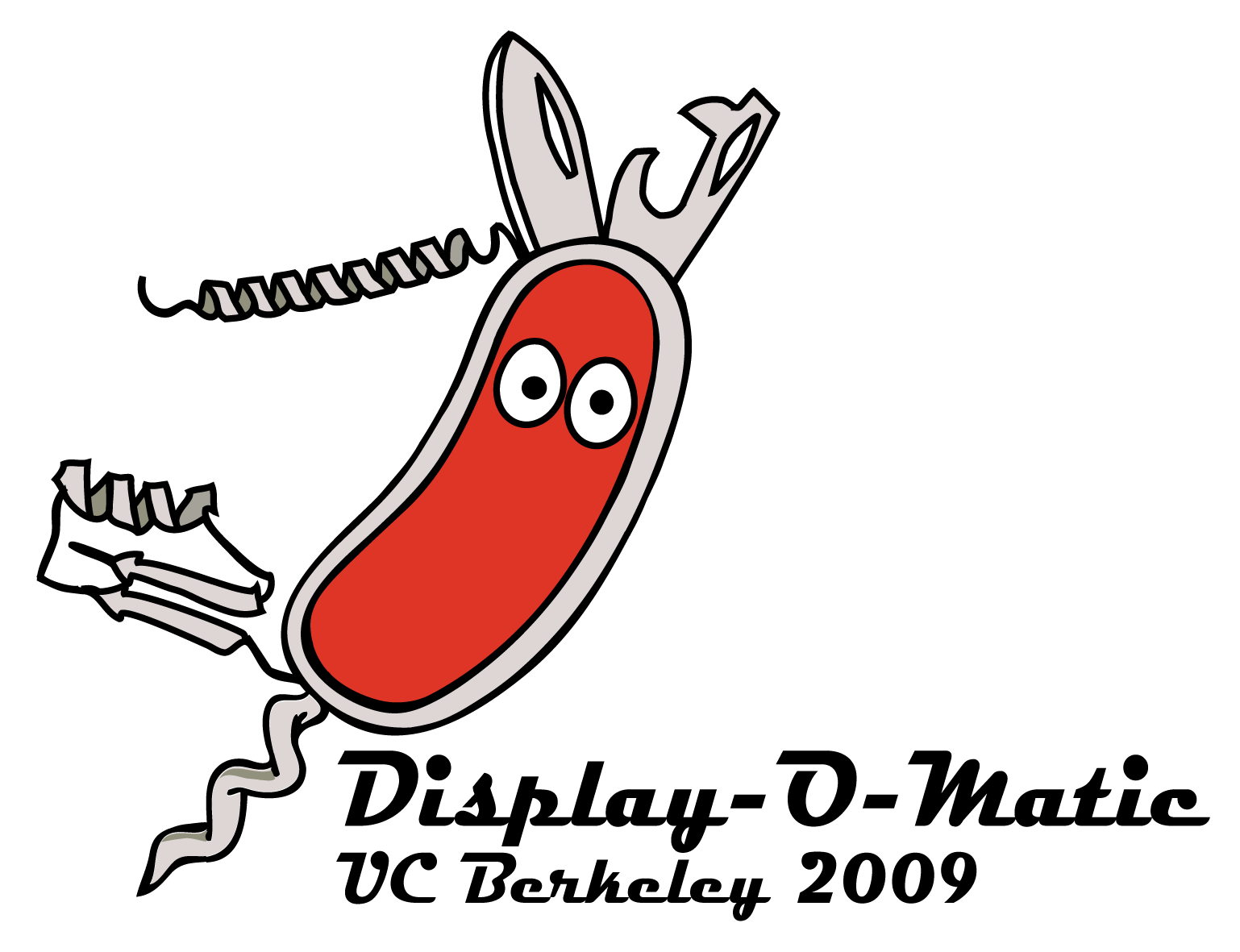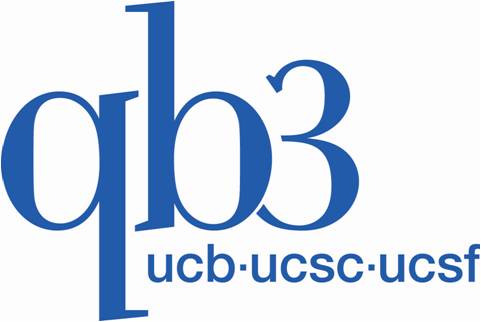Team:Berkeley Wetlab
From 2009.igem.org
Jennbrophy (Talk | contribs) |
|||
| Line 9: | Line 9: | ||
<font size="5" face="Book Antiqua">Acknowledgements</font> <br> | <font size="5" face="Book Antiqua">Acknowledgements</font> <br> | ||
We thank our wonderful advisers: Chris Anderson, Terry Johnson, and Lane Weaver for their guidance and support. We also thank our generous sponsors:<br> | We thank our wonderful advisers: Chris Anderson, Terry Johnson, and Lane Weaver for their guidance and support. We also thank our generous sponsors:<br> | ||
| - | [[Image:berkeleyinvitrogen.jpg|200px]] | + | <br> |
| + | <br> | ||
| + | [[Image:berkeleyinvitrogen.jpg|200px|center]] | ||
[[Image:berkeleynsf.jpg|100px]] | [[Image:berkeleynsf.jpg|100px]] | ||
[[Image:berkeleyqbs.jpg|100px]] | [[Image:berkeleyqbs.jpg|100px]] | ||
[[Image:berkeleysynberg.png|350px]]<br> | [[Image:berkeleysynberg.png|350px]]<br> | ||
<br> | <br> | ||
Revision as of 00:40, 21 October 2009

Abstract
Cell surface display in e. Coli tethers proteins to the outer membrane to localize them to the extracellular environment. While this form of localization has allowed many novel functions to be engineered into e. Coli, work within this space relies on a trial and error approach rather than design principles. We worked to create a foundation of research which would make possible the rational design of cell surface display systems in e. Coli. A combinatorial approach was used to compare the ability of different display proteins to functionally display representative members of different protein classes. This required the development and implementation of an automated assembly method able to construct the large number of devices necessary to draw meaningful conclusions about design within this space.
Acknowledgements
We thank our wonderful advisers: Chris Anderson, Terry Johnson, and Lane Weaver for their guidance and support. We also thank our generous sponsors:
 "
"









